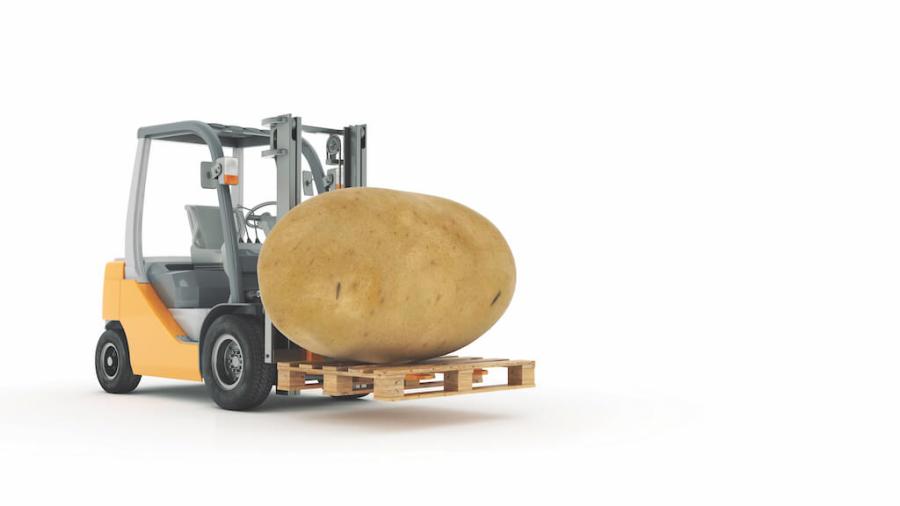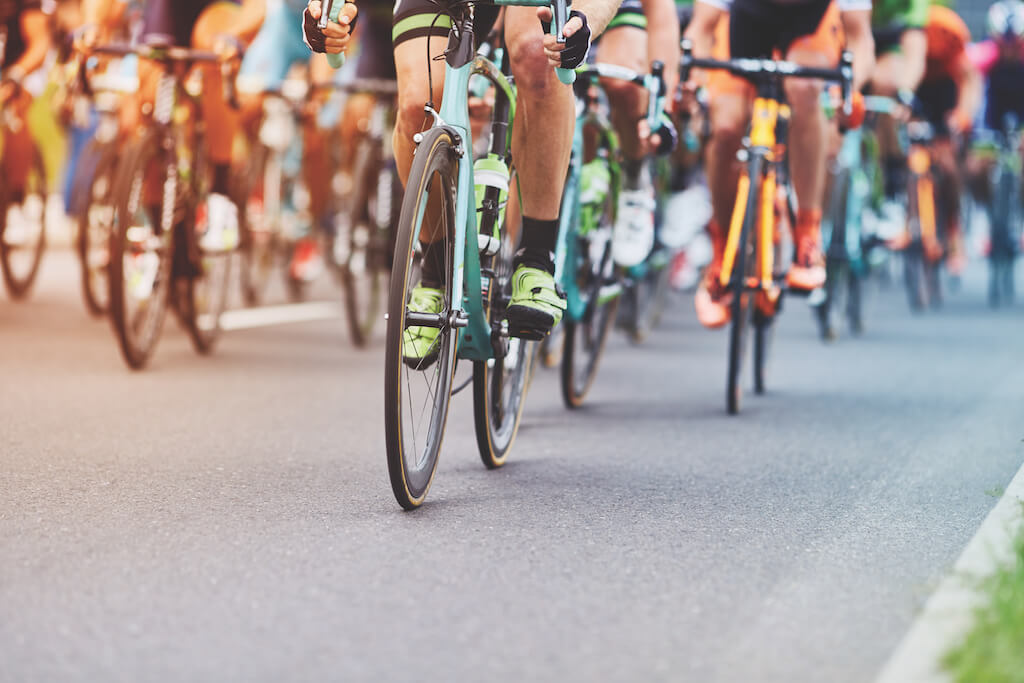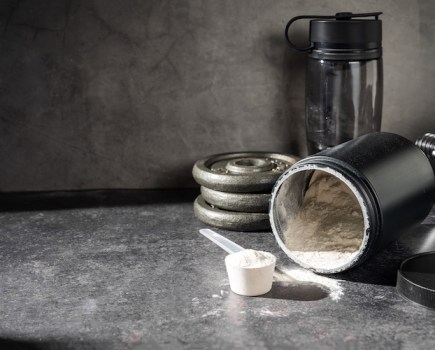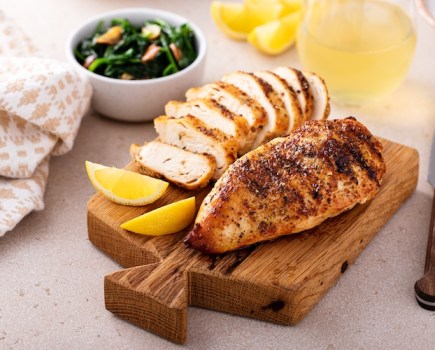You’ve heard of ‘carb loading’, but do you know how to do it effectively?
Take our refresher course to fuel your next endurance outing in the best way possible.
Carb loading is a term that transcends its target audience.
Even those with no interest in endurance sport will tell you that eating a big bowl of pasta the night before a big run or ride is probably a good idea, while more seasoned distance dons often look forward to nothing more than the pre-event excuse to eat a mountain of beige food like it’s their last chance to do so.
Within reason, such an approach makes sense. The question is, why?
“Carb loading is the practice of maximising glycogen stores (the glucose that fuels the muscles) before endurance exercise,” explains Aisling Pigott, registered dietitian and endurance runner.
“The longer you exercise for, the more glucose you use. And while you may take on carbs during the activity, it’s hard to make up for the energy being burned.
“When you have depleted carbohydrate stores, your body switches to rely on fat breakdown, which is slower and less efficient (for most untrained athletes), which can lead to hitting the ‘wall’. That is what you’re trying to avoid.”
Adam Sutton, who is currently completing a Masters in Sport and Exercise Nutrition, and whose dissertation explored carbohydrate malabsorption during exercise, agrees:
“By increasing carb intake while reducing exercise volume in the lead up to an event, the glycogen content of your muscles increases. That can improve performance during events lasting 90-plus minutes.”

Sweet potatoes are a low- to medium-GI food, perfect for carb loading
Don’t go carb crazy
It’s got decades of good research behind it, and experts are in agreement that when exercising, particularly for more than that 90-minute mark, carbohydrates become our main fuel source.
It follows, then, that when they’re depleted, performance is negatively impacted.
However, not all carbs are created equal – despite what social media would have you believe.
Search #carbloading on Instagram and you’ll be met with pics of massive pizzas, giant bowls of fizzy sweets and monster burgers, but stuffing your face isn’t quite what 50 years of research is recommending.
“I can understand the tongue-in-cheek description,” says Pigott, “but it sends the message that we need to eat high-fat, sugary and salty food during periods of carb loading, when in truth healthy, balanced meals are appropriate.”
Both our experts agree, the recent demonisation of carbs plays into this social media minefield.
“It adds to the growing perception that carbohydrates are only contained within ‘unhealthy’ foods,” says Sutton.
“Whereas if they are included as part of a healthy and balanced diet, and scaled correctly to the demand of someone’s training, they can help support performance, adaptation to training and general health.”
Tailor your carb loading approach
When it comes to fuelling, approaches are as varied and as personal as our unique bodies, appetites and training regimes.
“It’s about making sure the general diet contains sufficient carbs to meet energy needs, then making small adjustments to diet and dropping training in the lead up to an event,” explains Pigott.
“Every sport, distance and length of activity needs to be considered. Some sports also facilitate eating during an event to keep muscles fuelled, but others make it impossible.”
Sat up on a bike, cyclists are able to eat rice cakes, dense energy bars and cake, for example, but a marathon runner could never do that.
Research proves that changes in intensity, duration, terrain, experience of the athlete and altitude all impact carbohydrate needs, so where to begin?
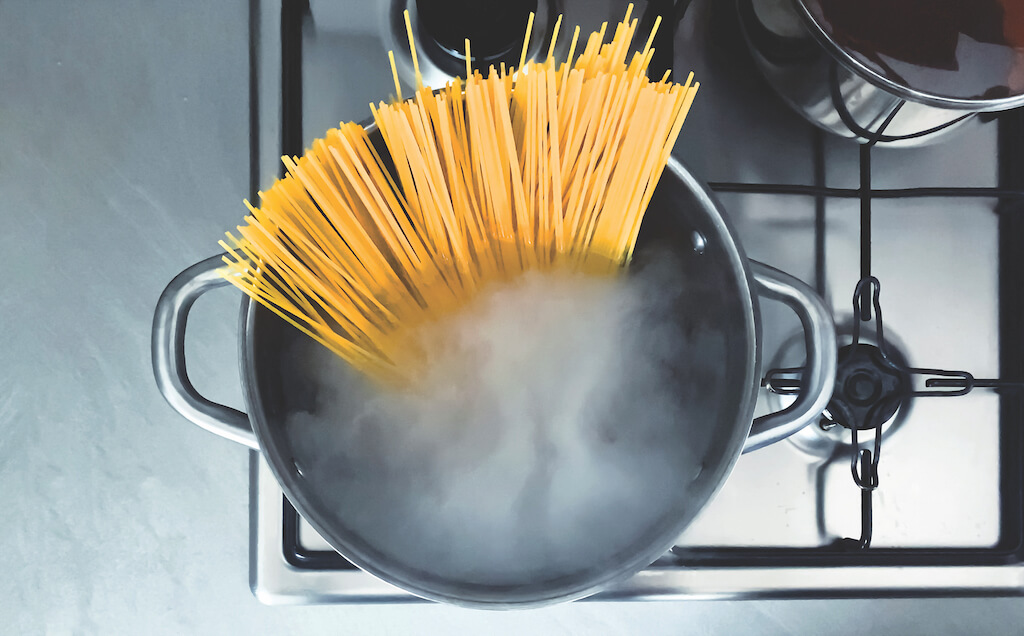
For many, pasta is the holy grail of carb loading
How to carb load before an endurance event
“There can be different time scales,” says Sutton. “In the days and three to four hours leading into the event, the athlete would look to increase daily carbohydrate intake, with the majority of carbs being low glycemic (low GI) – such as brown rice and wholewheat pasta – to increase the muscle and liver glycogen stores.
Then in the 30-60 minutes before the event, carbohydrates should be higher GI (simple sugars that are absorbed and accessed immediately, such as sports drinks, gels and sweets) and lower fibre to offer an alternate carbohydrate source to the working muscle.”
You need to be careful, though, and employ a bit of trial and error before competing, because “the increase in insulin, combined with the increased blood glucose uptake from exercising could result in rebound hypoglycaemia, so dizziness and fatigue,” according to Sutton.
Basically, don’t do all your training on orange squash and bananas, then take a bag full of energy gels to the event. Practise makes perfect.
Also, consider the type of exercise you’re doing. “Compared to runners,” says Sutton, “cyclists are generally able to stomach larger volumes of food before an event, simply due to the mechanical motion of the stomach contents during the activity.
“Runners are likely to want to leave a longer period of time between the last feed and the beginning of exercise.”
If you want to avoid gastrointestinal discomfort, go for carbs with a lower fibre content as you get closer to the starter gun being fired, and limit fat and protein intake from four hours before you stand on the start line, as they take longer to digest.
Carb loading guidelines
As a rough guide in the run-up, sports nutrition guidelines suggest up to 10g carbs per kg bodyweight per day.
“That sounds like a lot,” says Pigott, “but for many athletes it’s beneficial.”
To put it into context, a 76kg man would need to put away 760g of carbs daily in the two to four days leading up to the event, then on the final day have a little less to avoid discomfort – and opt for lower fibre foods.
That’s for the long and slow stuff, but when the intensity increases and duration drops, carbohydrate intake needs to be adjusted accordingly.
“Refuelling and having rested muscles with enough energy is important,” says Pigott, “but over-egging it and having high-calorie meals before a short burst of activity will just make you slower and more sluggish.”
A 20-minute HIIT session doesn’t need a particularly focused approach to carbs, just a generally healthy diet.
“The body naturally stores enough glycogen to support roughly 90 minutes of exercise,” says Sutton. He points to a study among cyclists, who raced to exhaustion at maximum intensity.
Consuming a low-carb diet for three to four days prior impaired the cyclists’ times, compared to a group who had consumed a high-carb diet.
However, when the scientists compared the high-carb group to cyclists who ate a moderate carbohydrate diet all the time, the difference disappeared.
Carb loading can make a big difference to performance. By making a habit of upping your intake of healthy, wholegrain, slow-release carbs in the days leading up to an event, then tapering off and relying on higher-GI, easily digestible options, you can boost your chances of success.
According to research conducted by the Sports Science Institute of South Africa, a smart approach to pre-race carbs can improve endurance performance by as much as three per cent – that’s seven minutes off a four-hour marathon time.
In other words, it’s worth getting right.
Here’s your pre-race carb loading plan…
Four days out
TARGET: Eat up to 10g carbs per kg bodyweight per day.
STICK TO: Low-GI, slow-release complex carbs, such as brown rice and wholewheat pasta.
WHY? To increase muscle and liver glycogen.
24 hours to go
TARGET: Switch to lower GI, lower fibre carbs.
STICK TO: White rice, bread and pasta.
WHY? To avoid gastrointestinal discomfort, either through having too much fibre or simply too much food.
Race day
TARGET: Have a breakfast you can digest in time for the event, then regular higher GI snacks to top up carb intake. Limit fat, protein and fibre.
STICK TO: Sports drinks, gels and sweets to boost energy 30-60 minutes before the event, and during if you can.
WHY? To improve performance by fuelling the working muscles.
Words: Laura Potter

